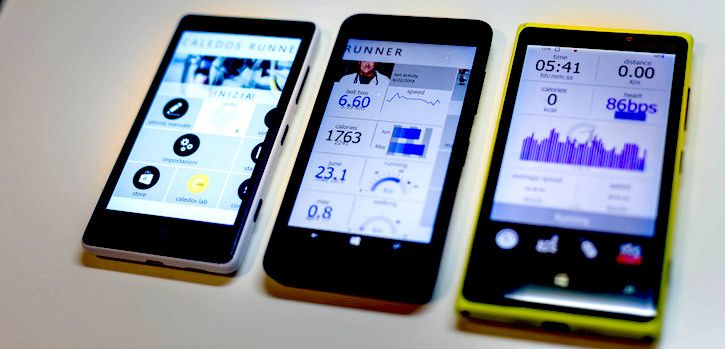5 Big Telehealth Developments in 2017
Throughout its inaugural year, Healthcare Analytics News™ closely covered developments in telehealth technologies, markets, and regulations. These are 5 of the best.

Telehealth continued to see its availability and capabilities expand throughout 2017. Throughout its inaugural year, Healthcare Analytics News™ closely covered developments in telehealth technologies, markets, and regulations. These are 5 of the best.
5. Different telehealth interventions are needed for different populations.
"We knew that these patients are not as text savvy as younger patients, but we didn't expect text messaging to do so poorly, compared to the other strategies," lead author Gloria Coronado, PhD, said. Cornado and her colleagues studied the use of text message reminders for colon cancer test kits in patients aged 50 or older.
Although text reminders are often attractive because they are inexpensive and require little of the provider, they were ineffective in the study. Roughly 32% of patients who received live phone calls returned their test kit within 6 months, nearly doubling the 17% on the text-only track in that time period. Although phone calls were the most effective reminder method, Spanish-speaking patients were more likely than English speakers to respond to automated calls.
4. FDA clears way for telehealth-based device maintenance.
The FDA made a number of moves to encourage medical technology innovation in 2017. It also began to clear the way for medical device interventions to be delivered via telehealth. The Nucleus Cochlear Implant System, manufactured by Cochlear Americas, can now be remotely adjusted by a licensed physician.
“Being able to have a qualified audiologist program the device via telemedicine from a remote location can greatly reduce the burden to patients and their families, especially those who must travel great distances or need frequent adjustments,” Malvina Eydelman, MD, of the FDA’s Division of Ophthalmic, and Ear, Nose and Throat Devices said in a statement.
3. More states are passing telehealth laws, but they are often imperfect.
Although reimbursement is growing and more state laws encourage telehealth, the Center for Connected Health Policy (CCHP) says there is still work to do. The group released a report through the Milbank Memorial Fund that highlighted the issues of such laws. Its major takeaway was that policy obstacles still hinder telehealth’s potential.
Too many telehealth laws, the CCHP argues, contain loopholes and limitations, or a lack of clarity that inhibits the full usage of what telehealth can offer. Arizona’s 2015 telehealth law, for example, limits services to treatment of trauma, burn, cardiology, infectious diseases, mental health disorders, neurological diseases including strokes, and dermatology.
“It is clear from this study,” the report concludes, “that there is a broad misconception that, because telehealth private payer laws are in place in many states around the country, telehealth is achieving its promise of providing the same patient benefit and payment as in-person care.”
2. Nomad Health launched a telehealth job market.
“We are a technology-driven jobs platform for healthcare, and telemedicine is a technology-driven platform for care delivery, so they are very natural partners,” CEO Alexi Nazem told Healthcare Analytics News™ in an interview.
His company, Nomad Health, announced that it was launching what it calls “the first online marketplace for telemedicine jobs” to streamline connections between telehealth companies and providers looking to practice remotely. The company already operates an online healthcare job market, with tens of thousands of clinicians and hundreds of medical institutions enrolled. The new telehealth market performed well in a pilot program and went live in mid-November.
1. Teladoc is charming Wall Street.
Teladoc saw its stock price rise by more than 24% over the Thanksgiving holiday week alone. Trading as TDOC, closed its initial public offering in July 2015 with more than 8.2 million shares of common stock at $19 apiece, according to the company. At the beginning of 2017, the stock was trading for $16.55—at the end of the year, it’s hovering around $35.
Its 22.6 million members—who made 306,000 visits in the third quarter of the year—report an average customer satisfaction rate of 95%, according to Teladoc. Members, meanwhile, reported a 92% resolution rate following encounters, the company notes.
Podcast: Adoption of Healthcare Tech in the Age of COVID-19 with Dr Kaveh Safavi
June 22nd 2021Kaveh Safavi, MD, JD, global health lead of Accenture Health, discusses how the pandemic influenced the speed at which healthcare organizations adopted new technologies and how this adoption is impacting patient care.